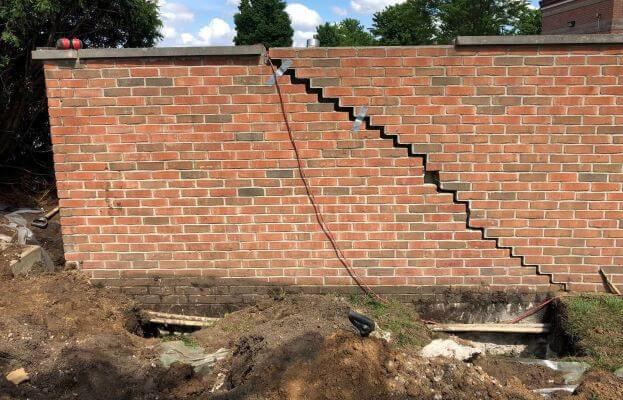Retaining Walls Melbourne are essential for the safety of a home. Without these structures, buildings could collapse in a catastrophic way. These structures are why most homeowners put money into them when building a new home or remodeling an existing one. Concrete foundations and structures are often overlooked by homeowners. A professional can install your foundations and retain walls, which will ensure that they last for decades. By doing so, you can enjoy the benefits of a strong foundation and a secure structure for years to come.
The foundations and retaining walls of a house play an important role in supporting the structure. They are designed for stability during heavy storms, earthquakes, or other weather-related events. While they may seem relatively unimportant, their importance cannot be overemphasized. They not only help to preserve the integrity of your building but also enhance the aesthetic appeal. Having these structures professionally installed will ensure maximum safety and give you the peace-of-Mind that you truly deserve.
There are two main types of foundations on the market. Epoxy systems are widely used in modern homes for both interior and exterior structures. In addition to being highly effective at keeping the elements out, they also provide an attractive finish. They can also be easily installed, making them a popular choice in new homes. Epoxy systems can be costly and they can deteriorate over time.
Another option is solid concrete, which provides a highly durable and practical material for foundations and walls. They are strong, but they can be expensive. This is something you should consider if budgeting is an important part of your foundation plan. The downside to solid concrete is that they are susceptible to cracks, and they require more maintenance than epoxy systems.
It is important to be aware about the environmental effects of your home’s construction. In addition to contributing to air quality, this type of construction does not contribute to water quality because they do not allow surface runoff to escape. Incorrect foundation installation can lead to disastrous consequences if left unchecked. The Environmental Protection Agency (EPA) estimates that improper foundation installation can cost you up to thousands of dollars in repair costs, as well as create unhealthy conditions for your family.
There are many aesthetic considerations to consider when choosing the right materials for your home’s exterior or interior walls. Wood is one of the most appealing options, but it also has its drawbacks like its tendency to rot. Although steel is a better option, it can be more expensive and more difficult for specialized installations. If you are considering using steel as a substitute for wood, be prepared to spend more money to correct any flaws. The good news about steel foundations or retaining walls is that they can be customized to match your home’s style, giving you a unique finish.
There are many types of foundations and wall systems that can be used to build a concrete foundation. You may choose a poured concrete slab, poured base ring, poured wall unit, poured wall surround, or a combination of these approaches. The concrete slab option is the easiest type to install, and it consists of two sections: a base ring and a cap sheet. The base ring and cap sheet are secured to the base using steel ties.
Walls are essential to create a level foundation that supports your home’s exterior. It is essential that your retaining walls are visually appealing and pleasing to your eye. They should also be compatible with your home’s drainage system, so that water can flow freely. While aesthetics are important, it is also important to consider the wall’s performance. Walls that are weak or wear down too quickly can lead to higher costs, which could increase the cost of your project. To find out which wall is best for your home, consult a professional retaining builder.

